What is the Future of Structural Design? A Thought Leadership Perspective from JMVC Consulting Structural Engineers
Introduction
The world is changing—rapidly. Climate shifts, digital transformation, and resource scarcity are reshaping how we think about the built environment. As structural engineers, we are compelled to ask: What is the future of structural design? At JMVC, we believe the answer lies not in doing more of the same, but in challenging the very boundaries of our practice through innovative engineering solutions and sustainable design strategies.
This blog post draws inspiration from the Institution of Structural Engineers’ recent thought leadership and presents a focused perspective tailored to those designing residential, commercial, and industrial structures. It is less a “how-to” guide and more a “what-if” challenge—anchored in reliability theory, risk-based design, and a deep sense of ethical responsibility.
At JMVC, we align our work with global sustainability goals and ethical engineering practices.
Designing to Code—with Confidence, Not Excess
There is a growing consensus among industry leaders: designing beyond code should not be the default. Modern structural design codes already embed robust safety factors, derived from decades of empirical data and rigorous reliability calibration. These building regulations ensure that structures meet acceptable risk thresholds without incurring unnecessary material, cost, or carbon footprint penalties.
At JMVC, we encourage our engineers and collaborators to trust the code—and to design efficiently, not excessively. Overdesign, while often well-intentioned, can be environmentally and economically unjustifiable. Responsible engineering today means leveraging the safety performance that codes offer, and allocating resources where they matter most.
Embracing Uncertainty Through Risk-Based Design
Uncertainty in construction and engineering is a fact of life: load variability, changing climate conditions, material inconsistencies, and evolving user requirements. Rather than avoid uncertainty, the future of structural design engineering embraces it through risk-based methodologies.
Using tools like probabilistic modeling, performance-based assessment, and Monte Carlo simulation, we can design structures that are not only safe but also efficient, climate-resilient, and adaptable. At JMVC, our engineers are trained in risk-informed design—ensuring that every decision accounts for the unknown, while maintaining long-term structural integrity.
Materials That Build Regeneration, Not Just Structures
The materials of tomorrow are not just strong—they’re regenerative. From hempcrete and mycelium composites to self-healing concrete and carbon-storing cements, the frontier of green building materials is being redefined.
These innovations go beyond sustainable construction. They enable buildings to sequester carbon, extend service lives, and return safely to nature. As structural designers, we see these materials not as novelties, but as necessary tools in the pursuit of low-impact, eco-friendly buildings that support the goals of net-zero construction and green infrastructure development.
The Circular Economy: Designing for Reuse and Flexibility
As we move toward a circular economy in construction, the mantra is simple: use what we already have. Reusing buildings, salvaging structural elements, and prioritizing modular design are no longer optional—they’reessential. At JMVC, we support projects that integrate adaptive reuse and design for deconstruction, especially in urban redevelopment and commercial retrofits.
We see structures not just as static end-products, but as material banks—designed to evolve, disassemble, and adapt over time. This approach significantly reduces construction waste, lowers embodied carbon, and enhances the longevity of the built environment.
Ethics at the Core of Structural Innovation
Structural safety remains the cornerstone of our profession. But safety today must be viewed through a broader lens—one that includes climate responsibility, intergenerational equity, and resource stewardship.
At JMVC, we align our work with global sustainability goals and ethical engineering practices. We advocate for data-driven decisions that consider both immediate performance and long-term planetary impacts—ensuring that our structural design services contribute to a more resilient and equitable future.
Looking Ahead: The Engineer’s Role in 2050
By 2050, the role of the structural engineer of the future will have evolved significantly. Engineers will become:
-
- Optimizers of uncertainty, not eliminators.
- Designers of performance-based structures, not prescribers of checklists.
- Advisors on green building solutions, not just specifiers of steel and concrete.
We envision a future where AI-powered generative design, modular fabrication, and real-time monitoring systems are standard practice. In residential projects, expect reconfigurable layouts and biogenic materials. In commercial high-rises, think hybrid timber-steel systems with dynamic wind adaptation. In industrial facilities, modularity and full disassembly will be embedded into the design brief.
Conclusion: A Call to Action for Structural Engineers
The future of structural engineering design is not just about stronger buildings—it’s about smart, more ethical, and regenerative systems that meet the complex challenges of our time.
At JMVC, we are committed to leading this evolution in future-ready structural solutions. We invite fellow engineers, architects, developers, and builders to join us in reimagining what it means to design the built environment—boldly, responsibly, and optimistically.
Let’s engineer the future—together!
Looking to collaborate or consult on your next future-focused project?
Reach out to us here or email us at info[at]jmvccse.com.
References

